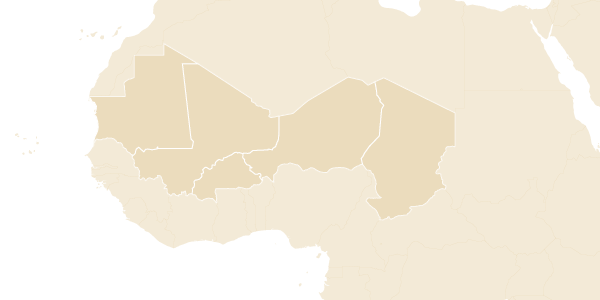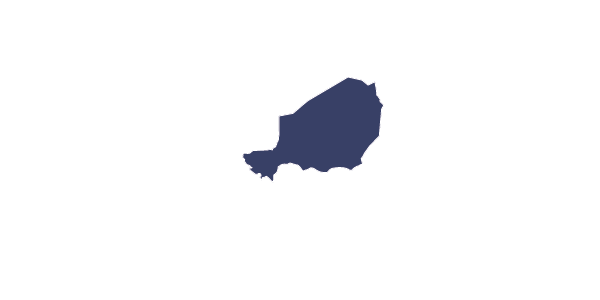Building a network to improve the flow of energy exchange between West African countries
60 million people in the G5 Sahel region are affected by a lack of access to electricity. In 2018, only 25% of the population were connected to the electricity network, far behind sub-Saharan Africa (37%) and the rest of the world (83%) According to World Bank figures, only 19% of Sahelians had access to electricity in 2016. There are several factors behind this poor rate. At this time, the electricity-generation capacity is insufficient to meet needs. This project will enable the Sahel region to benefit from greater integration of the regional energy systems. Access to energy will also become easier for all the countries in the region.
With €425 million in joint funding from the African Development Bank and the World Bank, as well as the European Union and France, the “West African Power Pool (WAPP) North Dorsal” project will improve the flow of energy exchange between all the countries in the region. There are two components: firstly, the construction of interconnection lines between Nigeria, Niger, Burkina Faso and Benin; and, in a second phase, technical assistance for the West African Power Pool (WAPP), a system intended to facilitate the integration of the participating countries. The project has five (5) components: 1) the Nigeria-Niger /Togo-Burkina Faso electricity interconnection 2) the rural electrification 3) the component for institutional framework and project supervision 4) the institutional capacity building of the regional electricity market, and finally the construction of the coastal Dorsal transmission line (Memo-Hagou-Sakété).
The official launch of the North Dorsal project was held on 22 February 2022 by the Nigerian President Mohamed Bazoum and his counterpart from Ghana, current president of ECOWAS, Nana Akuffo Addo, at the Gorou Banda station. The Northern Dorsal project will cross three regions of Niger, namely Tillabéry, Niamey and Dosso and several localities.
Offering an inexpensive access to electricity
In the short term, this project will enable the transport of electricity at lower cost from Nigeria to Niger, Benin and Burkina Faso, limiting the dependence of this last country on fossil fuels. In the long term, when other sources of energy production will be available, these infrastructures will serve as a base to facilitate exports from Niger. They will also contribute to the development of local supplies in both countries.
This interconnection takes the form of a dorsal on which 400 MW will be transmitted at first then 600 MW between 2025 and 2030. A 330KV line with a length of 875Km is planned to link the Birnin Kebbi transformer station in Nigeria to the Ouagadougou East station in Burkina Faso, passing through the Zabori and Gorou Banda stations in Niger, and a junction linking the Zabori station to the Malanville station in Benin. A 33 km line will be built in the city of Ouagadougou. The project also includes a rural electrification component specifically in Niger and Burkina Faso. In Niger, this dorsal will have a decisive impact on 433 villages to be electrified to the benefit of 430 000 people. The work will be completed in 2024. In Burkina Faso, 179 localities and 189,000 people will be reached. Finally, under its second component, the project mobilises technical assistance to strengthen the capacity of regional and national entities to set up an appropriate sales system, based on an appropriate supply with competitive prices by matching the resources and demands of each country.
Photo credit : Erwan Rogard / AFD
Burkina FasoNiger



Fields of action

